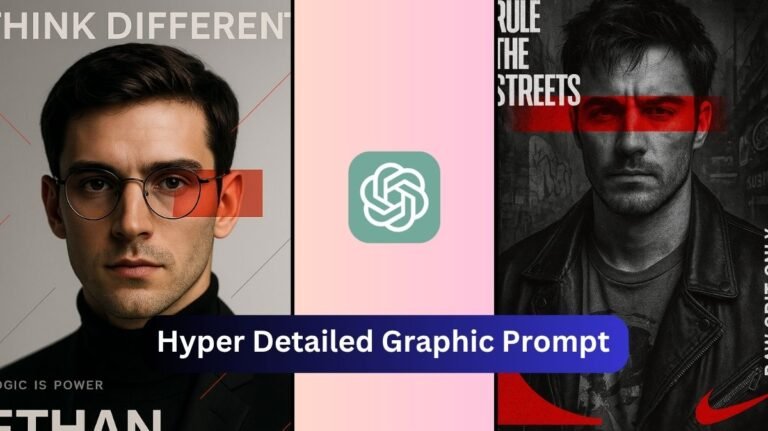The presence on social media is one of the most common things, as due to an increase in the quality of content, everyone wants to create the best content for their social media platform. whereas here we have discussed hyper-detailed graphic prompts that are the best for creating realistic AI images that look like high-quality magazine designs or movie scenes.
AI tools like MidJourney, DALL·E, ChatGPT, and Leonardo AI can help you create beautiful and eye-catching images. But to get the best results, you just need to give clear and detailed prompts to AI. Below, you’ll find some best and useful prompt ideas. These are perfect for designers, artists, and content creators who want to make cool posters, movie-style images, or artistic pictures that grab the attention of the audience.
Table of Contents
Best 6 Hyper Detailed Graphic Prompt
1. “Urban Rebel Style Poster”
Prompt:
Ultra-realistic editorial portrait of a young man with messy hair, a subtle beard, wearing a leather jacket over a graphic tee. Shot in moody grayscale with bold red overlays across the eyes and corners. Urban city textures blend into the background, worn concrete, graffiti, and subway signs. Harsh top lighting casts deep shadows on his cheekbones. Typography includes bold sans-serif phrases like “RULE THE STREETS” and “RAW GRIT ONLY” in vertical and horizontal alignment. Red Nike-style swoosh element in the corner. Cinematic grade with slight noise texture and asymmetric design framing.
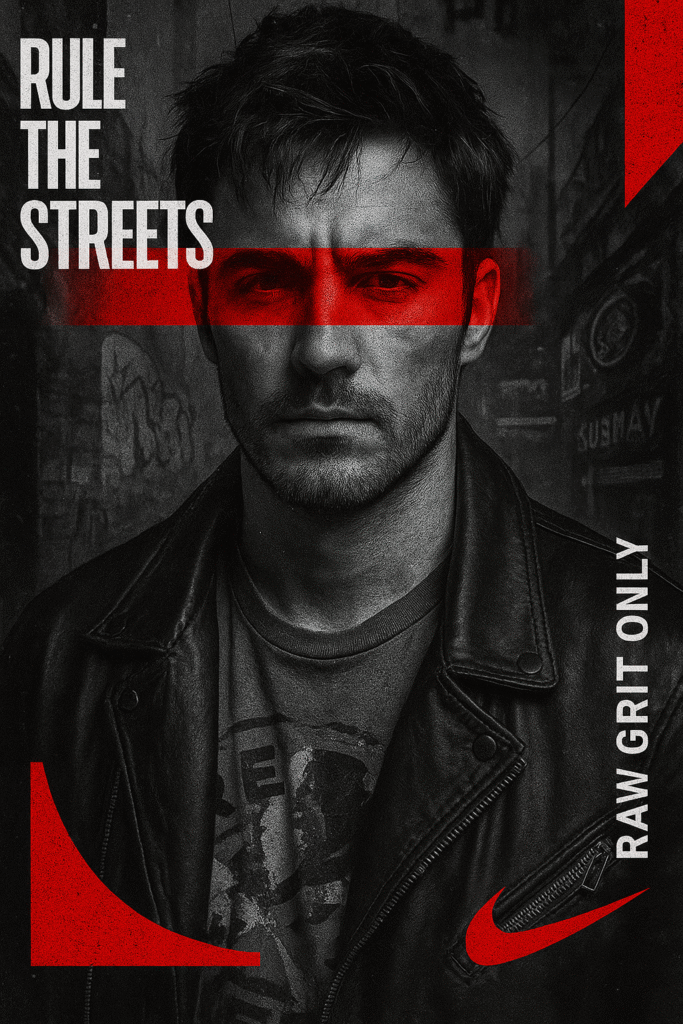
2. “Minimalist Genius Graphic Look”
Prompt:
Photorealistic close-up of a sharp-dressed young man in a black turtleneck and round glasses, standing in front of a smooth, gradient backdrop that fades from charcoal to white. Lighting is soft yet directional, casting clean shadows. Clean editorial composition with fine lines and geometric shapes in red and gray. Text elements include “THINK DIFFERENT,” “LOGIC IS POWER,” and the person’s name in bold Helvetica Neue. One eye is partially covered by a transparent red rectangle. The layout feels like a modern Apple or Wired magazine cover: clean, stylish, intelligent.
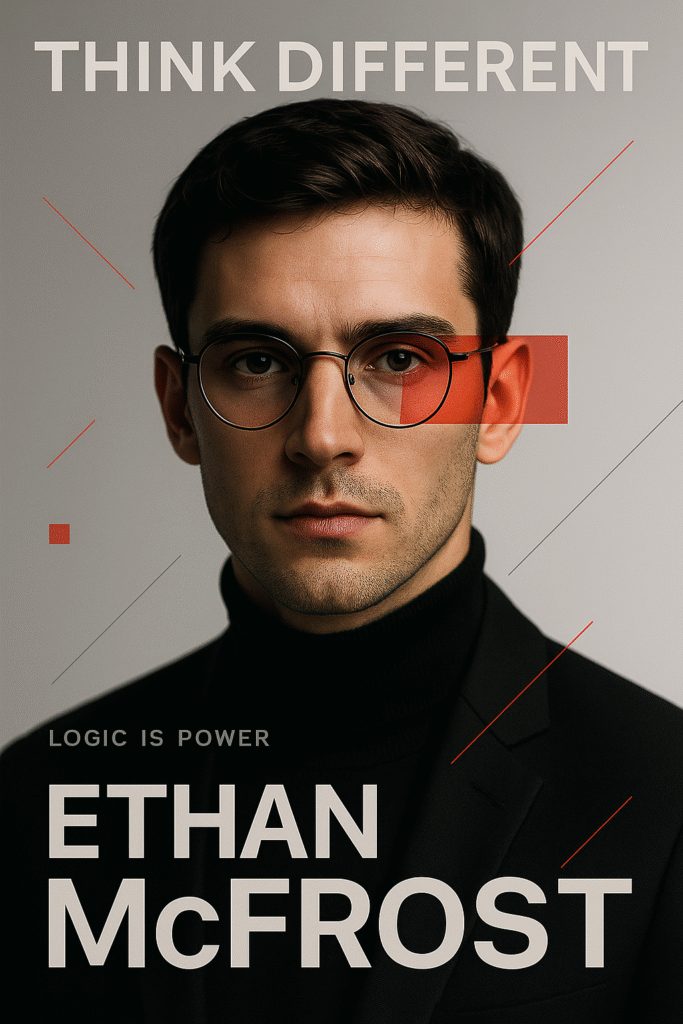
3. “Samurai Modernism Editorial Poster”
Prompt:
Ultra-detailed modern samurai portrait, a man with long tied-back hair, wearing a black kimono-inspired streetwear jacket. The background is a stark concrete wall with faint cracks and red brushstroke textures. Strong side lighting enhances the jawline and eyes. Minimal yet aggressive red overlays intersect the frame, one across the eyes, one vertical bar beside. Text is stylized in brush fonts: “DISCIPLINE WINS SILENTLY,” “CALM IS A WEAPON TO GET SUCCESS.” Add a katana blade faded into the lower corner. High-resolution, moody grayscale with pops of red. Brutalist style meets Zen philosophy.

4. “Futurist Tech Innovator Spread”
Prompt:
Futuristic magazine-style poster of a young tech visionary in a high-collar cyber-fabric jacket, glowing circuit patterns subtly embedded in the fabric. The background is matte dark with glitch effects and soft neon blue accents. A dramatic single light source from the left creates a high-contrast tech noir effect. Red data overlays in rectangular HUD-style shapes around the face. Typography: “DISRUPT TO EVOLVE,” “FUTURE BUILT NOW,” placed in monospaced digital fonts. Sleek layout with fine line dividers and subtle interface elements. Visual mood: high-tech elegance.
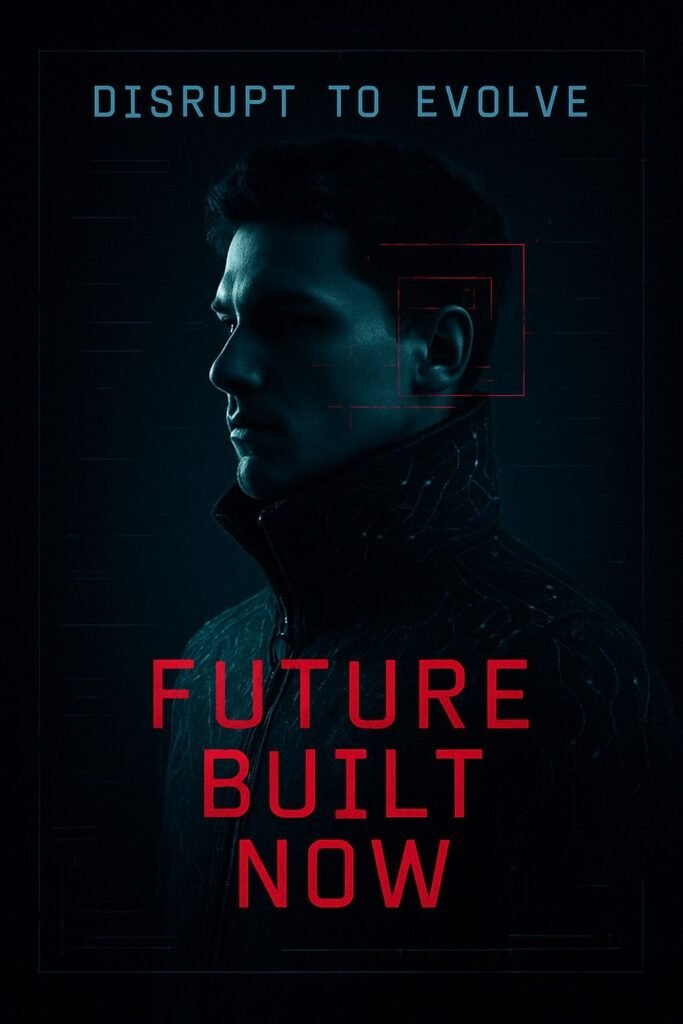
5. “Cinematic Underdog Vibe Poster”
Prompt:
Gritty grayscale photo of a determined man in a bomber jacket, standing in front of a smoky, broken industrial background. Dirty textures on walls, slight debris on the ground. A single red light leaks from the side, casting a dramatic rim light on his face. Face partially in shadow, expression fierce. Text elements use rough stencil font: “FIGHT FROM THE BOTTOM,” “NO SHORTCUTS,” layered across chest and edges. Add red tape overlays, barcode-like elements, and film scratches. Moody, inspirational, underground vibe.
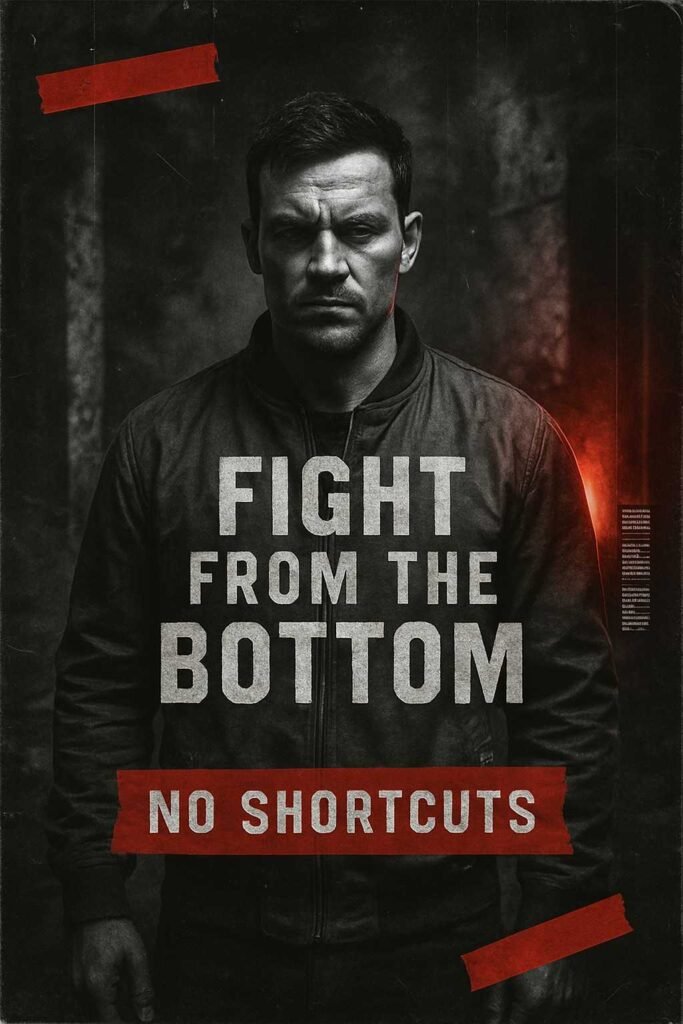
6. “Creative Dreamer Editorial Concept”
Prompt:
High-resolution grayscale portrait of a serene man staring upward with wind-tousled hair and a minimalist outfit. The background is a soft blend of cloudy skies and torn paper textures. Delicate red linework and fragmented squares intersect the composition. Artistic brush-font quotes like “IMAGINE LOUDLY” and “CRAFT WITH CHAOS” float around him. The eye is highlighted with a thin red circle. Grainy paper effect overlaid for print-like realism. The aesthetic is poetic, dreamy, artistic, blending fashion, philosophy, and abstract layout principles.
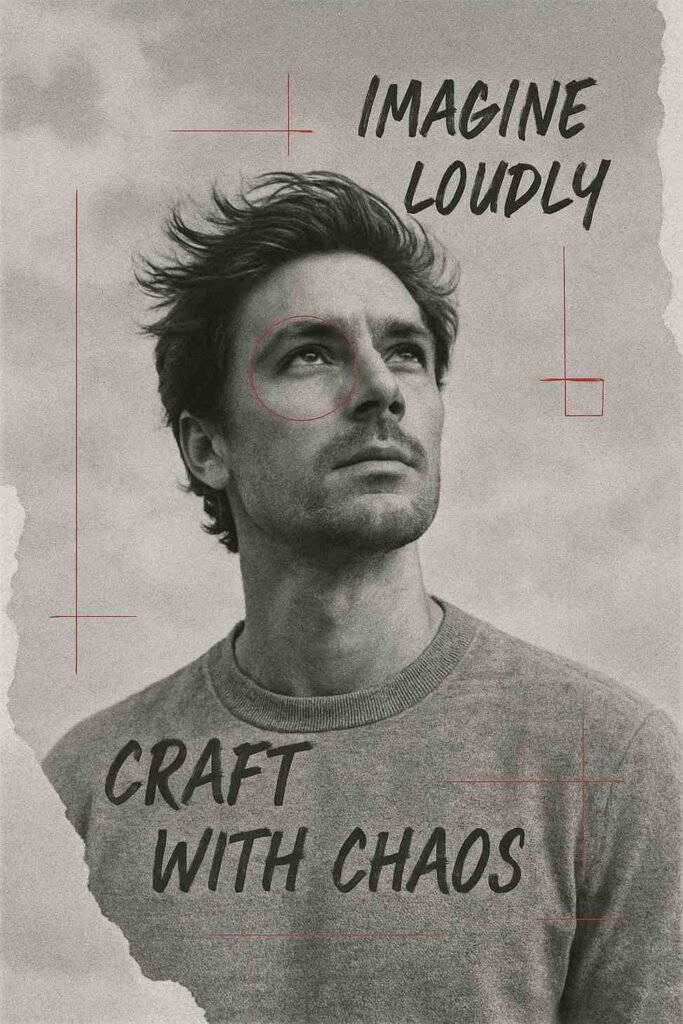
How to use ChatGPT to make hyper detailed image
- First of all, visit the official website of ChatGPT, then log in with your email.
- Now, simply copy the prompt that you want to create and paste it into the prompt box of ChatGPT.
- If you want to change any element in the image, then you can add it according to your requirement.
- Then simply click on the generate icon, it will take a few seconds, and then you can download your image.
Best Practices for Writing Hyper Detailed Graphic Prompts
To ensure maximum quality in AI art generation, follow these golden rules for writing high-quality prompts:
- Use Clear Focal Points: Always specify the subject, angle, and lens effect to help the AI understand what must be sharp and what should fall into the background.
- Include Lighting and Color Theory: Mention specific lighting conditions (e.g., golden hour, volumetric fog, neon glow) and color grading schemes (teal and orange, monochrome, muted earth tones).
- Define the Art Direction: Borrow terms from fashion, editorial, and cinema, like matte painting, Vogue editorial, movie poster format, rule of thirds, bokeh background, or art-directed style.
- Control Composition Layout: State whether it’s a portrait, double-page layout, close-up macro, or wide-angle cinematic shot. These elements define the output’s visual hierarchy.
- Layer Emotional Narrative: Infuse story-driven elements like weather, gesture, props, or symbolic contrasts to make the artwork emotionally resonant and brand-relevant.
Integrating These Prompts into Real-World Design Workflows
You can integrate the results of these prompts into:
- Poster campaigns
- Editorial spreads
- Brand moodboards
- Social media storytelling
- Film pre-visualization
- Pitch decks
- Portfolio concept work
Why These Prompts Work for Editorial Design
Modern editorial visuals aren’t just about beauty; they convey identity, purpose, and emotional impact. The above prompts are aligned with art direction principles used in fashion houses, luxury product brands, and film studios, ensuring that what you generate with AI is campaign-ready, print-quality, and visually immersive.
Each prompt in this guide uses:
- Complex lighting conditions for mood
- Realistic textures for tangibility
- Narrative elements for emotional engagement
- Professional framing for layout consistency
- Color psychology to guide viewer attention
Conclusion
Creating a viral, professional, and emotionally compelling AI image with a hyper-detailed and cinematic prompt has become super easy. These six editorial-level concepts serve as a blueprint for creators to make their content unique on social media. whether it’s a fashion editorial, futuristic poster, or any other campaign.
FAQ
1. What is a hyper-detailed graphic prompt?
Ans. A hyper-detailed graphic prompt is a precisely written instruction for AI art tools that includes specific visual elements like lighting, textures, composition, and style to generate highly realistic and artistic images.
2. Why should I use editorial-style prompts for AI art?
Ans. Editorial-style prompts help you create polished, magazine-quality visuals that are perfect for branding, storytelling, and professional design presentations.
3. Which AI tools support hyper-detailed prompts?
Ans. Popular AI image generators like MidJourney, DALL·E, Leonardo AI, and Stable Diffusion respond well to hyper-detailed prompts.
4. How do I make my prompts more effective?
Ans. Use specific keywords related to lighting, camera lens, mood, composition, and style references (e.g., “Vogue editorial,” “cinematic lighting,” “macro lens”) for the most refined results.
